We’re ready for supernatural action in the heart of Japan with GhostWire: Tokyo, which we had the chance to play just days before its release.
GhostWire: Tokyo invites us to the adventure of two partners who work together out of sheer necessity in the empty streets of Tokyo, where all the people are lost in a strange fog. Developed by Tango Gameworks, founded in 2010 by Shinji Mikami, whose name we are familiar with from series such as Resident Evil and The Evil Within, GhostWire: Tokyo early play We took the opportunity and wanted to share our first thoughts with you with a preliminary review as its release date is approaching.
Ghostwire Tokyo preview
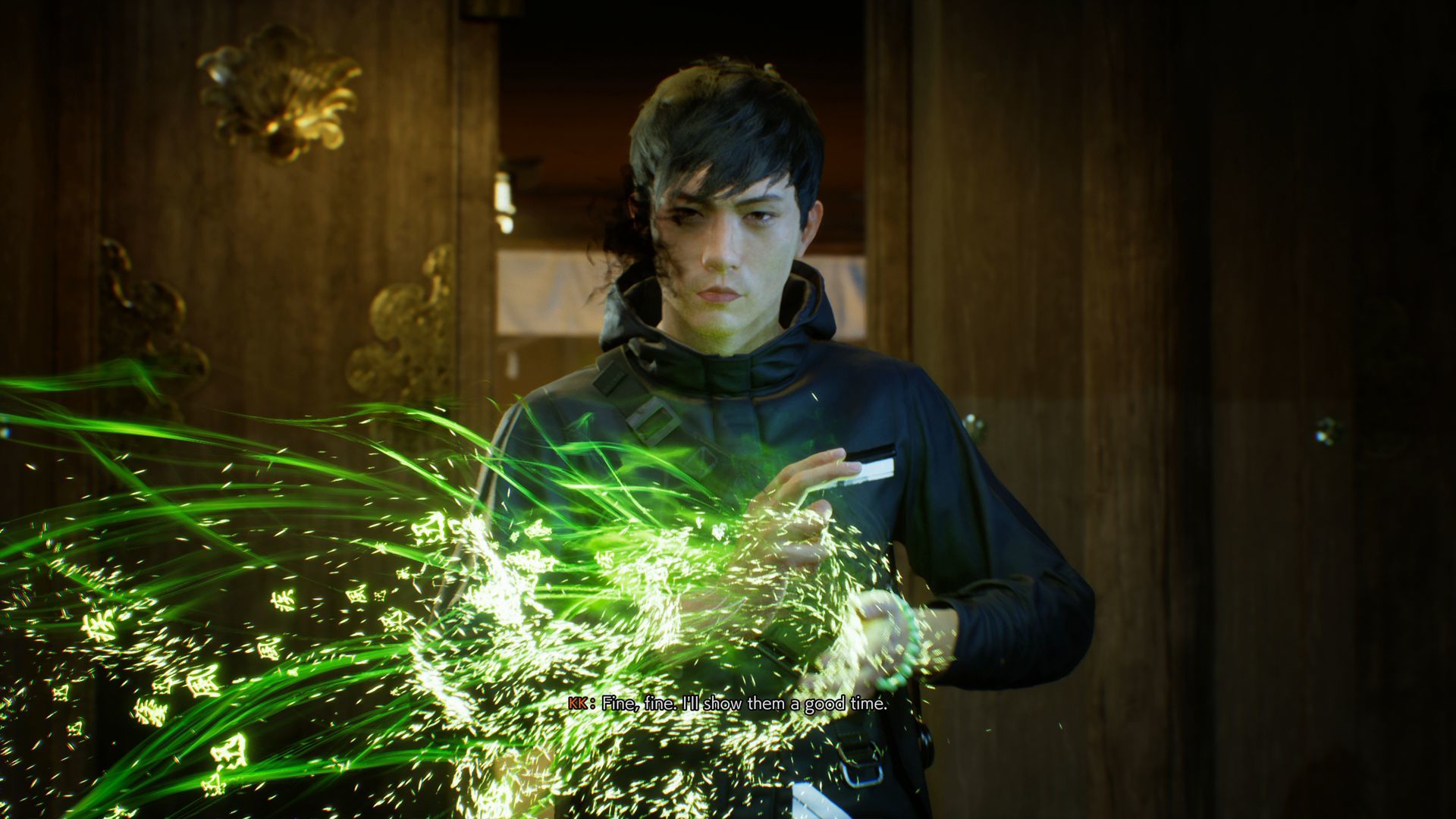
The game has not been officially released yet and I have not finished it yet. Please note that in this preview I will only be sharing my thoughts and opinions about the first two chapters and this is not my final verdict on the game.
Visitors Wander the Streets of Tokyo
Our adventure begins with a sudden thick fog in the Shibuya district, one of the busiest places in Tokyo. As the fog slowly spreads across the region, we see an unknown entity looking for a body to hide in. It somehow manages to merge with Akito, and at that moment, the people in the fog begin to disappear one by one. In the meantime, faceless people with umbrellas in their hands, headless students, and many other spiritual beings with different appearances begin to walk along the streets. Then, on Shibuya’s giant screens, a man wearing a traditional Hannya mask appears and begins to say strange things, such as the time has come for the spirits to be free.
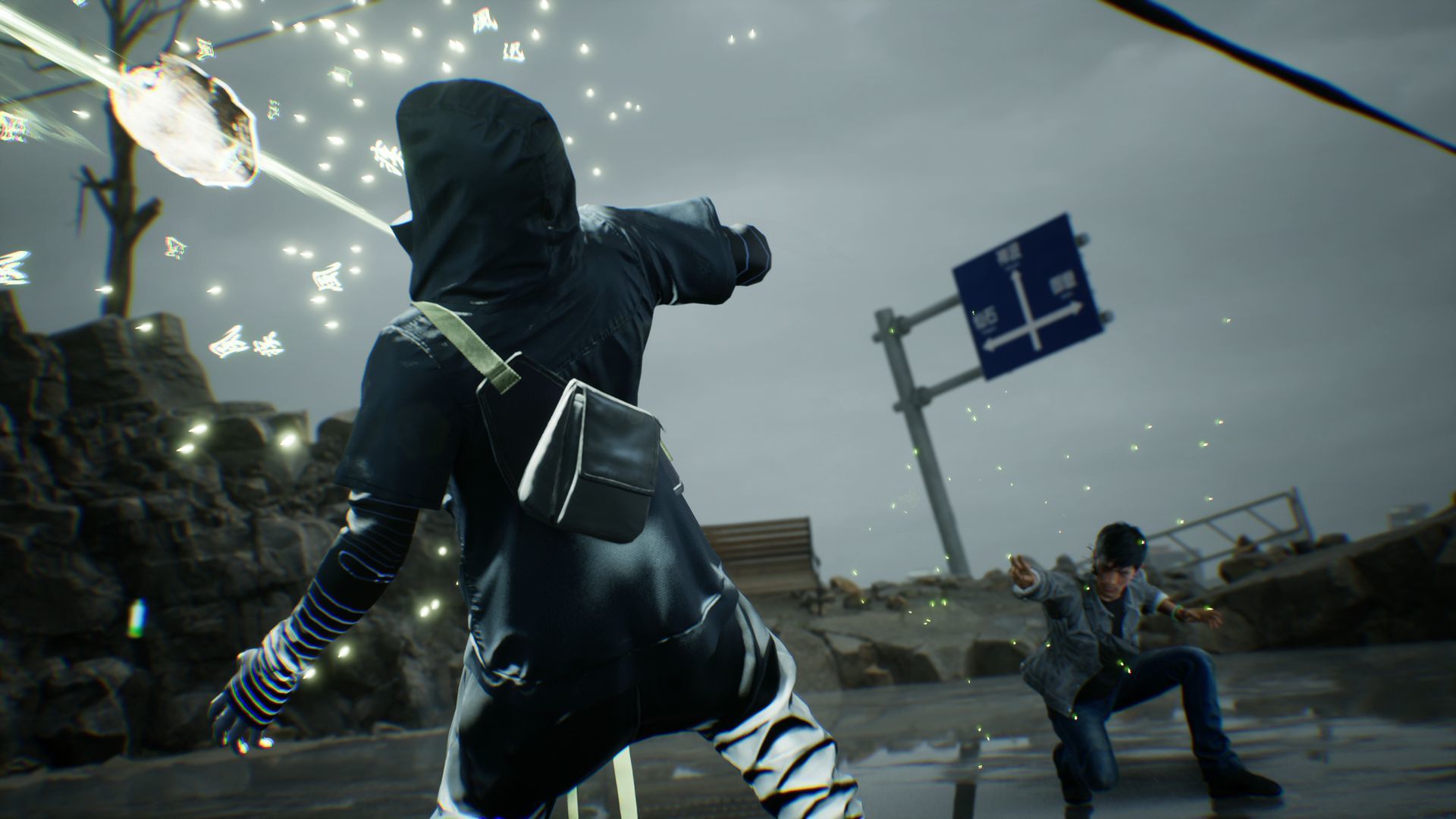
Akito, who is stuck between Hannya, who locks people’s souls in a box, and the spiritual beings called “Visitors”, tries to both save Tokyo and find his sister with the help of the being we learn is called KK. The two have a bit of a disagreement about the control of the body, but this problem is quickly resolved when they encounter enemies. We start to wander the streets of Tokyo with Akito, who is slowly starting to control KK’s powers.
I liked the beginning of the story, I’ve always liked the concept of two partners, one young and one old, who don’t get along with each other. Up until the point I played, the conversations between the two, their comments on what happened to them and the progress of the story are interesting. I’d like to leave more comments about the story to the game review, both to avoid spoilers and to comment according to future events.
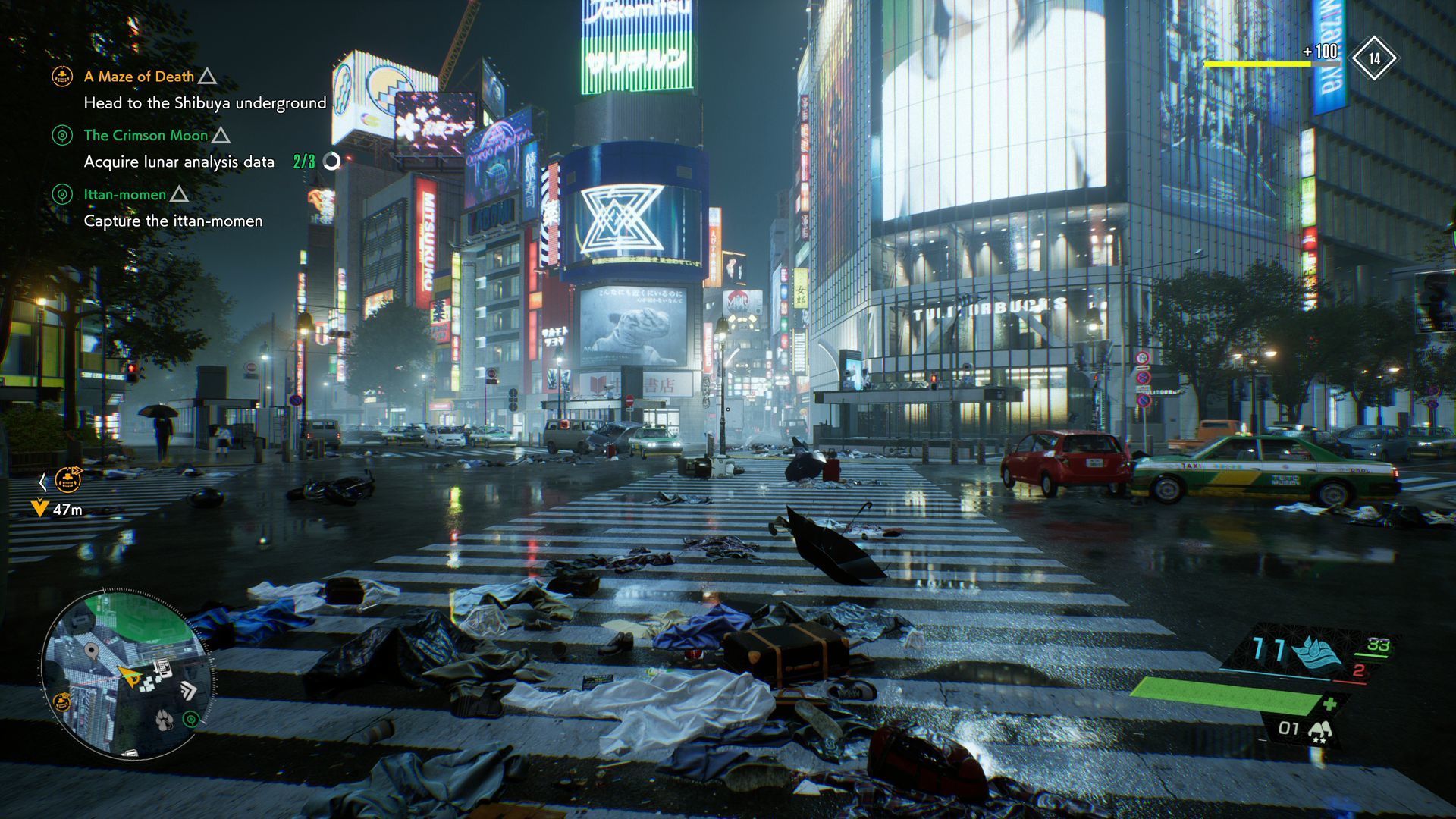
Let’s not forget to mention the side quests. Tokyo residents are lost under a strange fog, and the souls that do not pass are being imprisoned in boxes by the Visitors and kidnapped. However, some souls have not been able to pass due to unfinished business in the world. We help them and complete their work. In addition to side quests such as the man who cannot reach his home because of the black hole near his house, the young man who lost his life because of the cursed doll, the child who tried to play with a Kappa and had his essence stolen, we also need to do some investigation quests given by the person who helped us after the phone throughout our adventure. I came across some interesting quests, I wonder what kind of side quests we will see as the game progresses.
It is Necessary to Send Visitors Back to Where They Came From
In GhostWire: Tokyo, our main characters Akito and KK will encounter many different types of Visitors, and we do not have the chance to use normal weapons against them. We need to use supernatural methods against the supernatural.
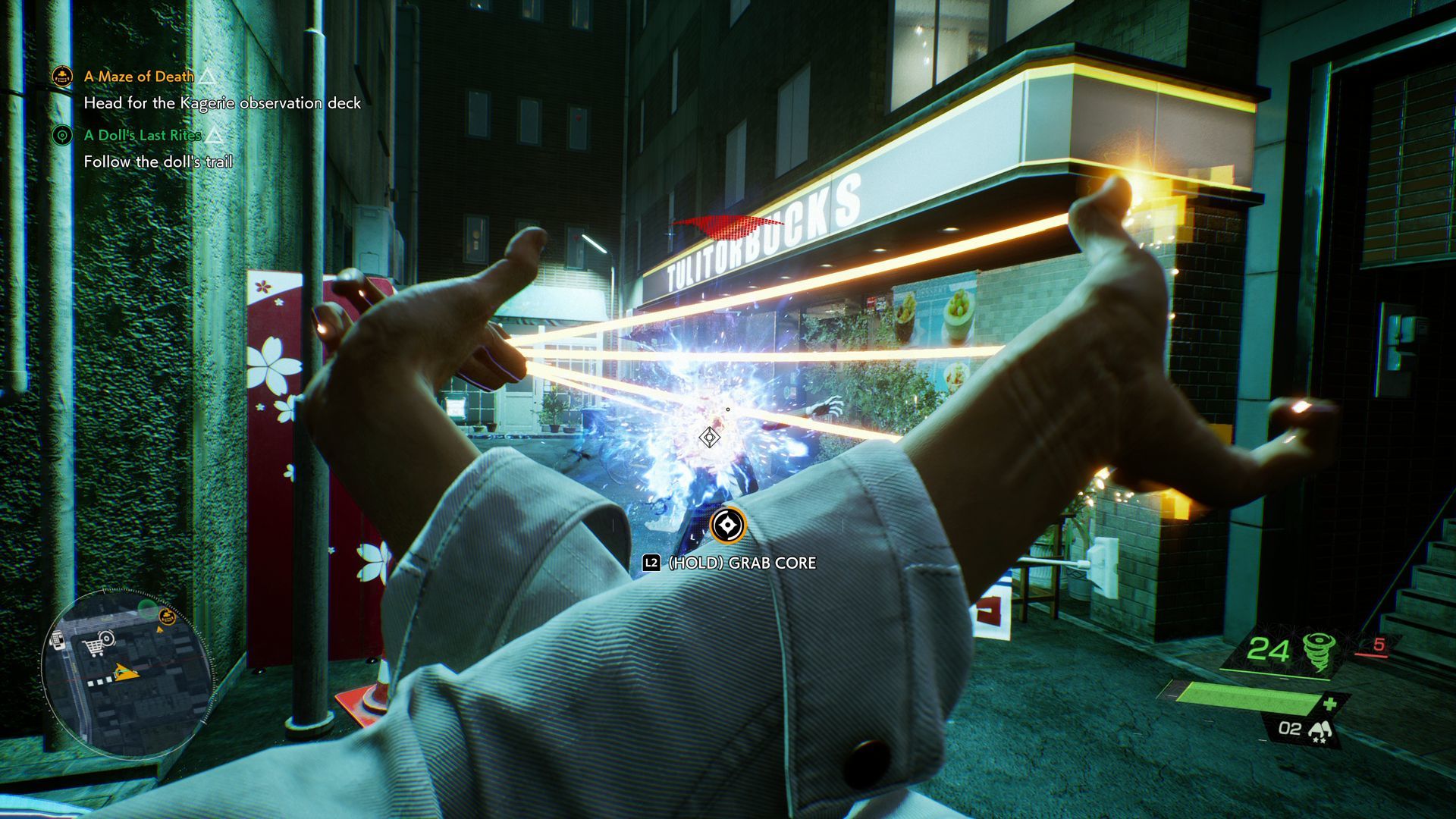
Akito, who uses the powers of elements such as wind, fire and water thanks to the KK he shares his body with, can reveal the essence of his opponents, which is their weak point, and banish them from this world with magical nets. The adventure we started by throwing small winds from our hands is soon enlivened with cutting water waves and fireballs that explode at the point they touch. Each skill has two different ways of use, throwing directly or charging to make more powerful shots. The number of opponents you face and the power rate you have affects your fighting style.
Akito, an ordinary person, has a special bow and magical talismans in addition to the powers he uses with the help of KK. Of course, you may think, “I shoot flames from my hands, why do I need to shoot arrows?”, but they also have their uses. You get used to using them, whether you want to or not.
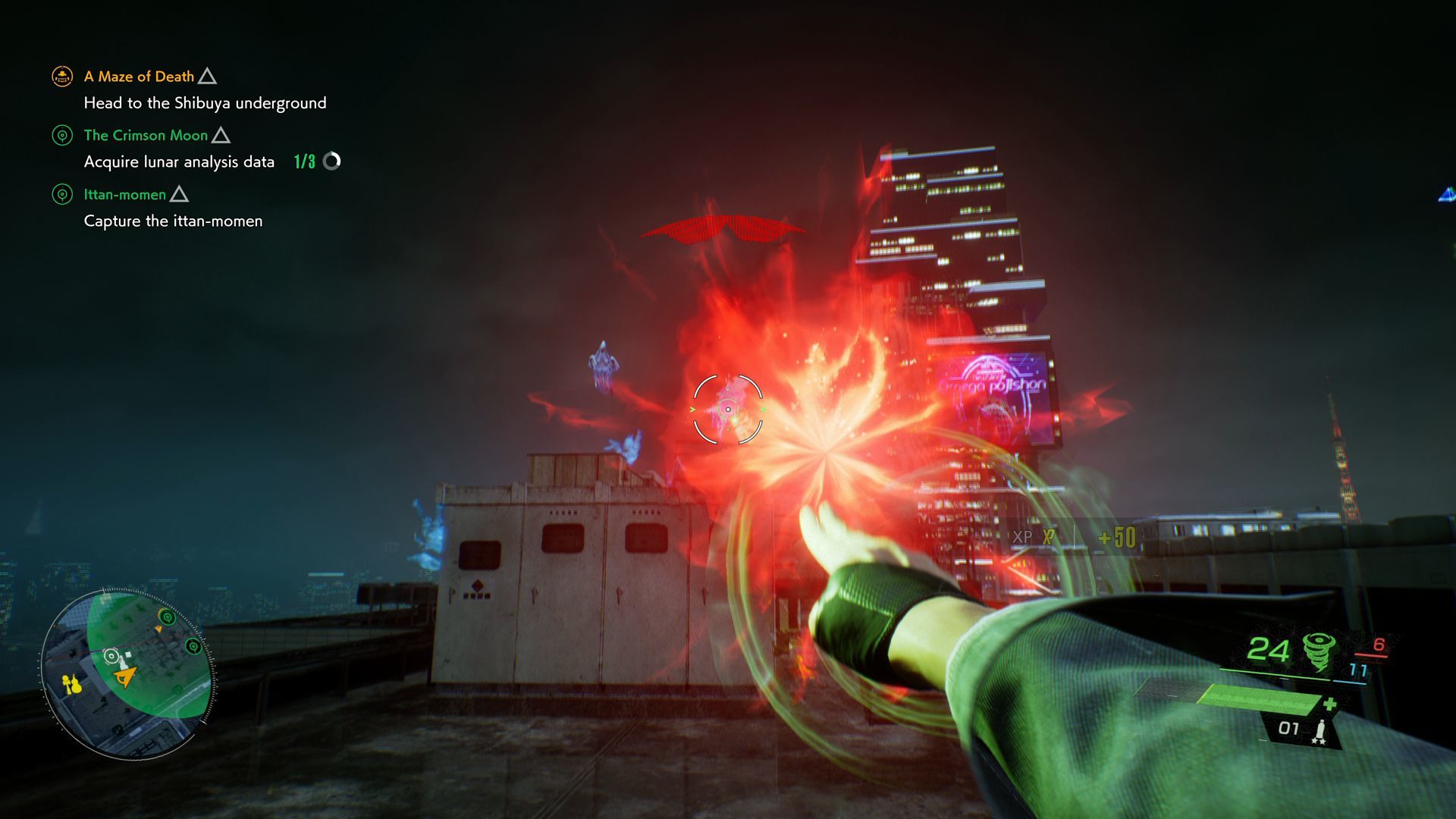
At the beginning of this year, we were bombarded with games set in an open world, and the vast majority of them stand out as successful productions. GhostWire: Tokyois an action/adventure game that adopts the sandbox logic. While the first part, which focuses on the story, has a more linear structure, we start to wander the streets of Tokyo in the second part. There are places to explore, temples to clean, side quests to complete and animals to pet. The idea of petting the cats and dogs in the game and being able to read their thoughts is a small but fun detail. Sometimes it is also possible to just walk around and enjoy Tokyo, which is cleared of human noise.
The City That Lives Without People
GhostWire: Tokyo has put a lot of effort into designing a city without people. The Shibuya area, which is full of people for most of the day, is completely deserted except for the clothes of the people who have disappeared and the sound of advertisements blaring from the surroundings. The lights are on, the stalls are open, and the advertisements continue to play loudly, but the only vendors you will find are the merchant cats of the spirit world. I loved the Nekomata cats, who reminded me of members of the Khajjit race.
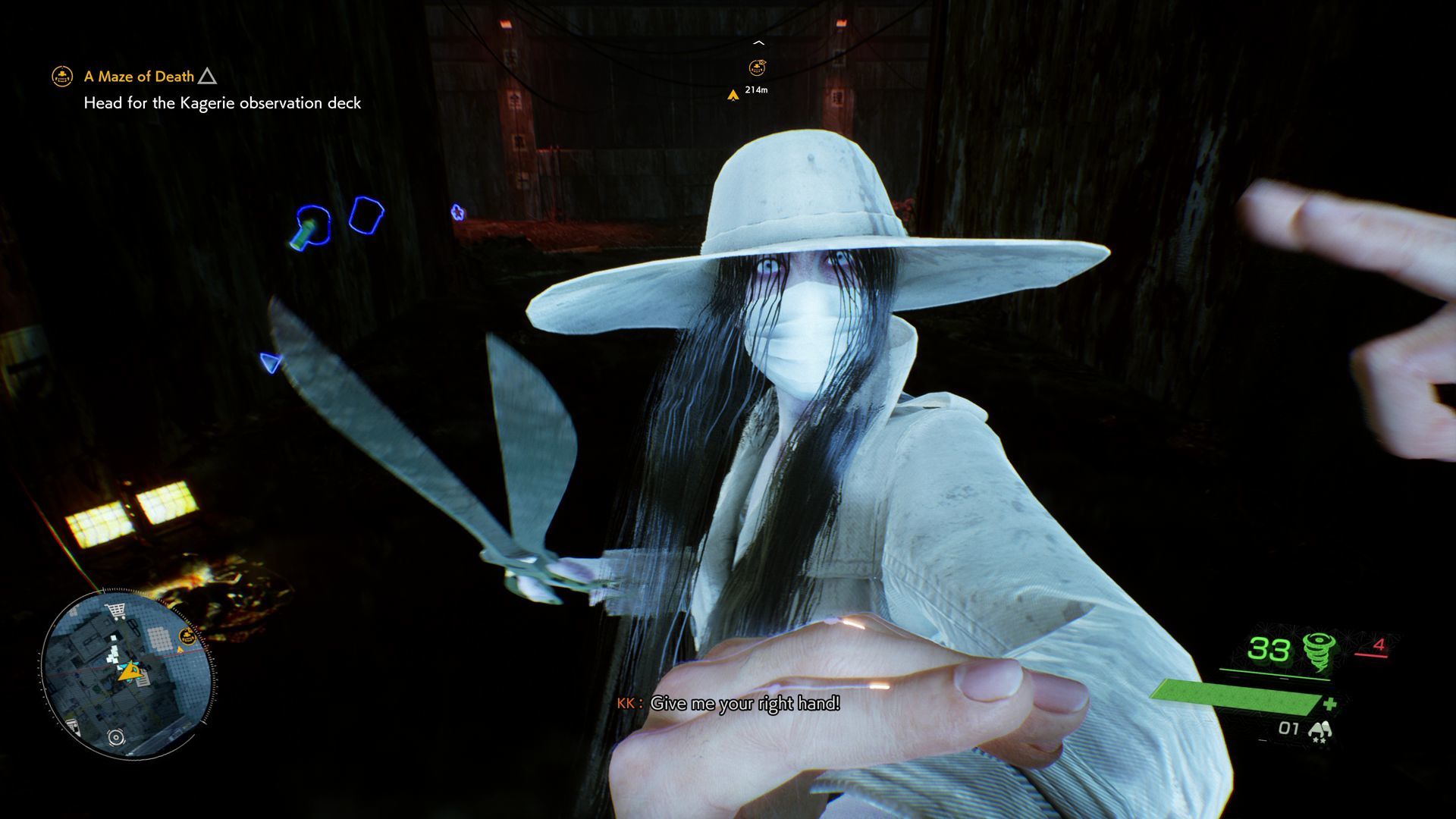
If we talk about the first two sections in general, the game looks very nice. The lights and reflections are used very well in open areas that allow us to experience the atmosphere of Tokyo, the character designs look very nice, and it is a separate pleasure to experience the field changes that remind us of Control in closed areas. We can see the detailed hand movements that Akito makes when using his abilities.
GhostWire: Tokyo, which will be released exclusively for the Playstation 5 on consoles, also uses Dualsense features. There are both adaptive triggers and haptic feedback support. We can also do some sealing work ourselves via the touchpad. It’s also a very nice detail that KK’s speech comes from both the game and the controller. I’ve loved these kinds of little details since the Nintendo Wii days, and it’s also nice to hear Kazuhiko Inoue, who also voiced Hatake Kakashi (Naruto), do a successful voiceover.
Conclusion
I didn’t have much expectation from GhostWire: Tokyo, other than the fact that it takes place in Tokyo and the world it creates based on supernatural events that are frequently mentioned in Japanese folk tales, there wasn’t anything that caught my attention. Based on the first two episodes I played, I think the story is not bad but a bit predictable. Of course, I will see if these predictions are true when I play the entire game and experience the story completely. We’ll talk about that in the review.
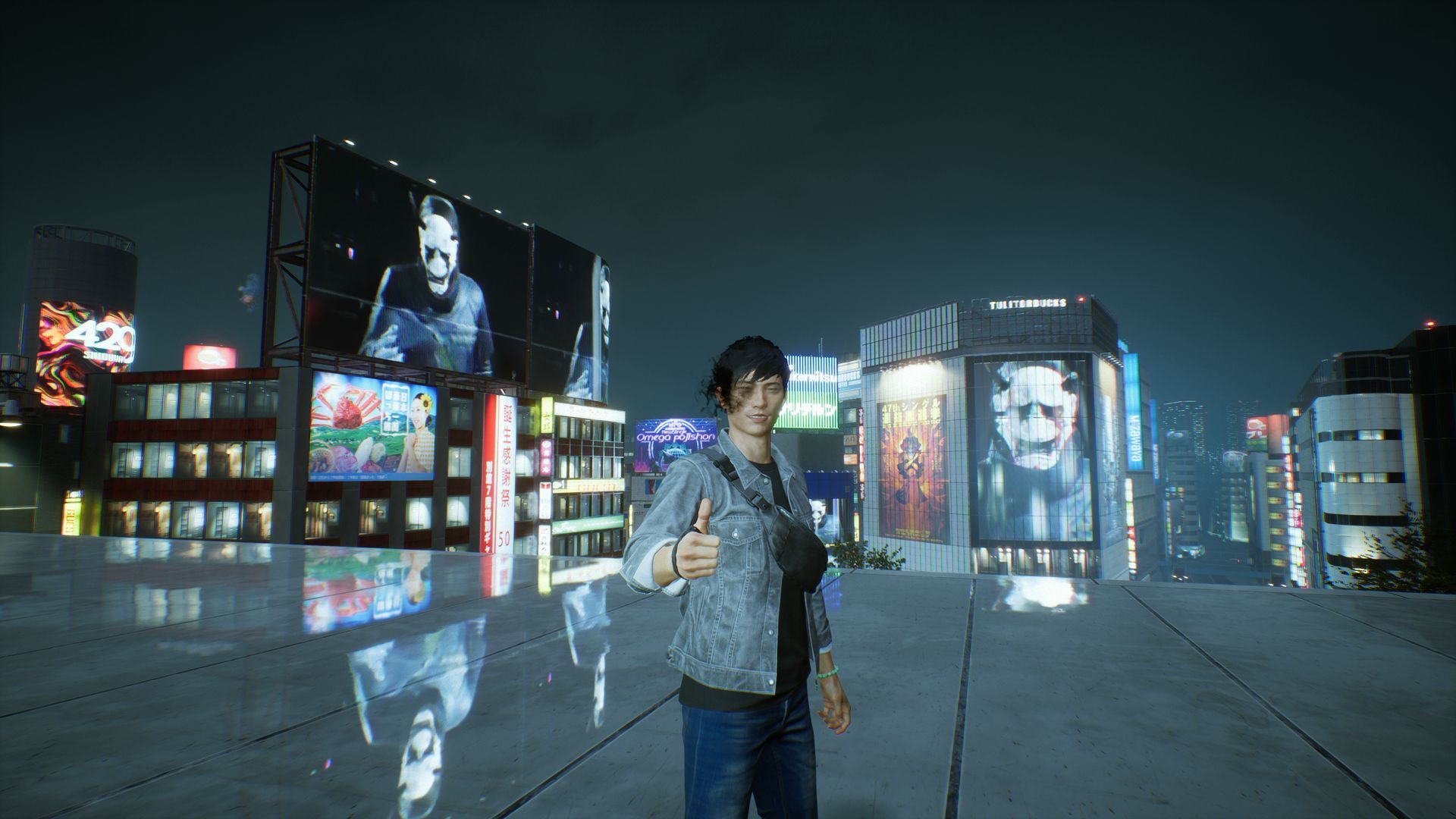
Another PlayStation 5 exclusive game, also published by Bethesda Deathloop I played it without any expectations and had more fun than I thought. This game also managed to entertain me with enjoyable gameplay and a very nice atmosphere in the first two sections. I expect more in terms of both gameplay and story in the remaining sections.
GhostWire: Tokyo will be available for PC and PlayStation 5 on March 25. I can’t wait to experience the rest of the game and share it with you.